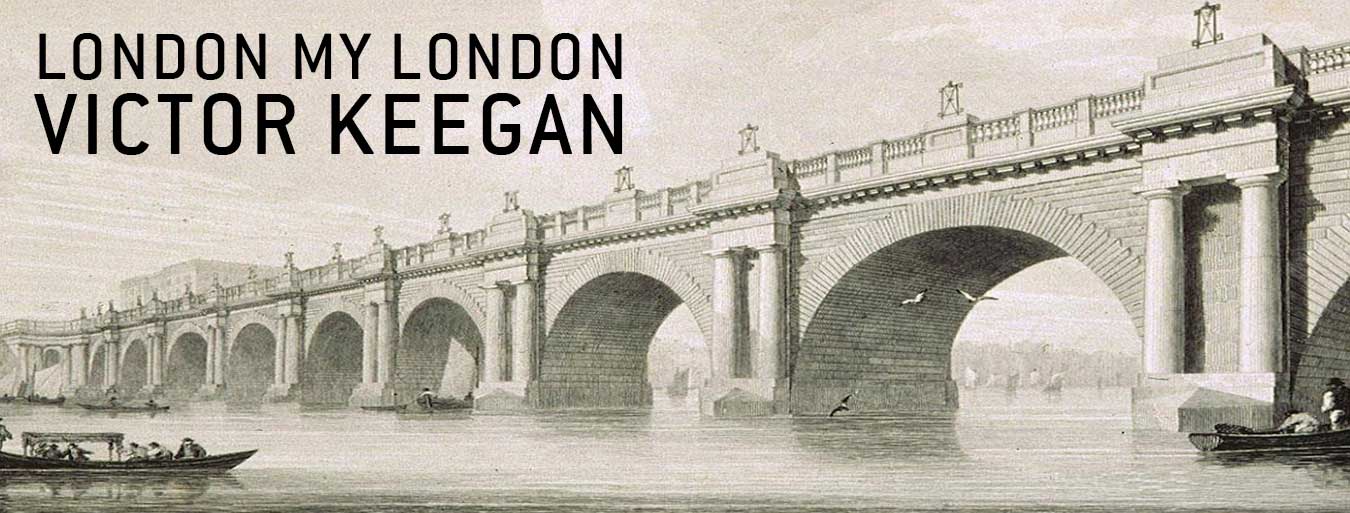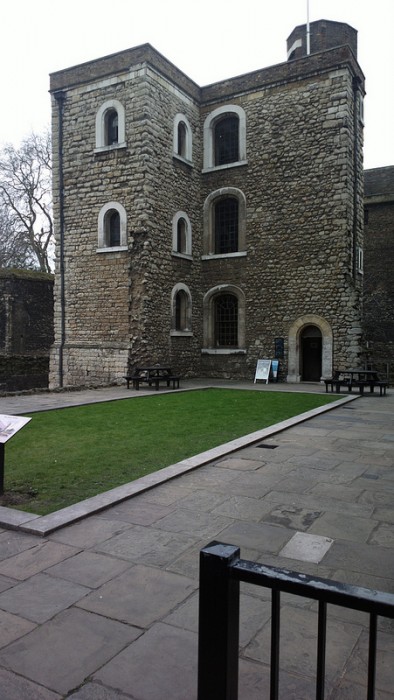Jewel Tower The Abbey Part of Whitehall Palace revealed by road works
You won’t find any travel brochures luring you to spend a holiday on Thorney Island in central London. This is mainly because hardly anyone has heard of it even though it is one of the most visited attractions in the land. Thorney Island – so called because of all the brambles that used to be there – is the small patch of land formed by a delta in the Tyburn River on which Westminster Abbey was built. Since the Tyburn still runs around it (though well underground) it can even now be regarded as an island. There is a Thorney Island Society formed to protect the island and the surrounding area from invasive development.
This place has history. The earliest mention of Westminster (as NicholasBarton reminds us in his excellent book, The Lost Rivers of London”) is in Offa’s Charter in 785 which refers to “St Peter and the people of the Lord dwelling in Thornea at the awesome place called Westminster”. We know it today as Westminster Abbey though technically it is not an abbey and should be called The Collegiate Church of St Peter at Westminster.
A visit to the Abbey, the resting place of a dizzy array of kings, queens, writers and scientists, remains a mesmerising experience but there are other historic gems on Thorney Island including Westminster Hall, which survived the fire (which destroyed Parliament in 1834) and the 1365 Jewell Tower, one of the few visible reminders, apart from Inigo Jones Banqueting House, of the vast, rambling King’s Palace which extended along Whitehall. The Jewell House, which is worth a visit, is close to the boundary of Thorney Island as this branch of the Tyburn ran under today’s Great College Street where a bridge over the river was found during the building of Church House.

